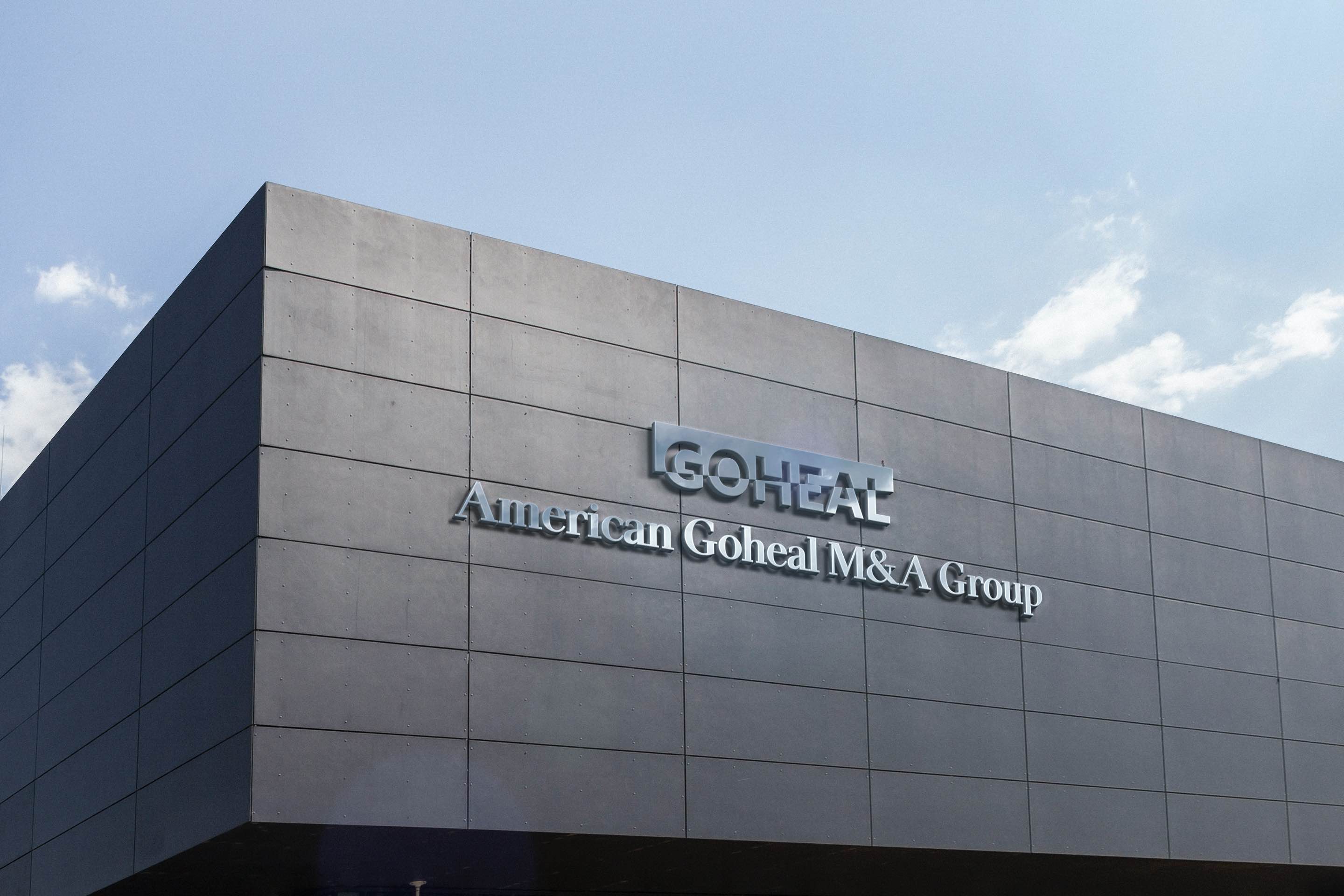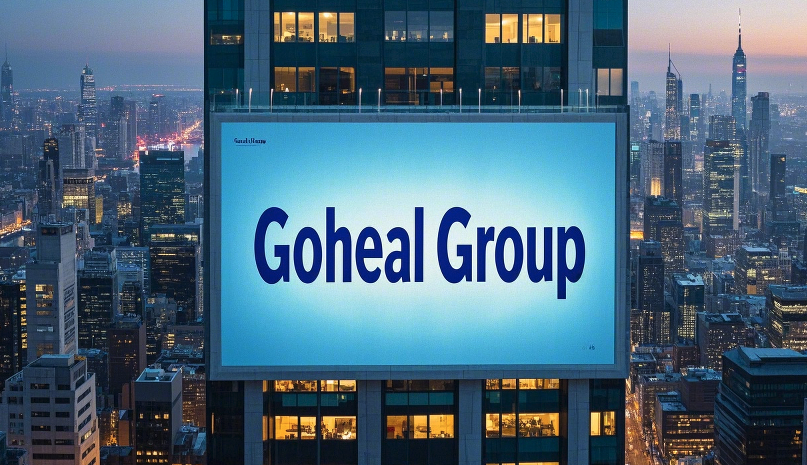"Those who are good at defense hide under the nine earths; those who are good at attack move above the nine heavens." This sentence is also applicable to the capital market. The balance sheet is the "battlefield map" of the company, which determines the rhythm of attack and defense of capital operations. A healthy balance sheet can not only improve the company's credit and optimize its financing capabilities, but also enhance the company's voice in the market. On the contrary, an unbalanced asset-liability structure may cause the company to fall into a debt quagmire and even miss key development opportunities.

American Goheal M&A Group
In the past few years, the global capital market has experienced a cycle of interest rate hikes, liquidity tightening and a wave of industrial upgrading. Many listed companies face challenges in financial management. How to optimize the balance sheet and balance leverage and growth has become a difficult problem that corporate managers must solve. Goheal is well aware of this core issue in long-term mergers and acquisitions, investments and restructuring transactions, helping many listed companies achieve financial optimization and enhance corporate value through flexible capital operations. So, what is the key to optimizing the balance sheet?
Leverage is not the devil, mismatch is
Leverage is an amplifier of the capital market, which can make or break a company. The key lies in whether the leverage matches the business cycle and cash flow of the enterprise.
The most typical case is Lehman Brothers in 2008. As a long-established investment bank, Lehman did not fall simply because of "excessive debt", but because of asset-liability mismatch, excessive short-term debt and insufficient liquidity of long-term assets, and ultimately could not cope with the liquidity crisis when the financial storm hit.
On the contrary, Apple is a model of leverage operation. Despite having huge cash reserves on its books, Apple still issues bonds for financing, borrows at extremely low interest rates, and uses them to repurchase stocks and invest in research and development, which not only improves the return on capital, but also maintains the liquidity of funds. This reasonable leverage management has enabled Apple to remain invincible in market fluctuations.
Goheal emphasized in capital operations that the core of corporate leverage management is not "less debt" or "more debt", but to ensure that the debt structure matches the operating rhythm, so that short-term liquidity risks do not drag down the company, and overly conservative capital structures do not miss market opportunities.
Asset quality optimization: How many "water assets" are dragging down the company?
In many listed companies, the balance sheet often has a "fat" phenomenon, which is manifested in a large number of inefficient assets, accounts receivable, and inventory backlogs, resulting in the company's books "looking good", but the capital turnover is extremely difficult.
A typical case is that some traditional manufacturing companies have high inventories on the books, but these inventories may be outdated or unsalable, and the actual value is far lower than the book value. For another example, some companies hold non-core assets for a long time, such as idle factories and useless equity investments. Although they increase the scale of book assets, they are of no help to the main business and even become a financial burden.
The first step to optimize the balance sheet is to identify and divest inefficient assets and improve asset quality. In mergers and acquisitions, Goheal often adopts asset restructuring strategies to help companies divest inefficient assets, focus on core businesses, make balance sheets more refined, and enhance the company's market competitiveness.
Liability management: How to find value-added opportunities in "liabilities"?
Liabilities are not a bad thing. The key is how to manage them. Excellent companies will regard liabilities as leverage tools rather than simple financial burdens.
For example, some companies optimize their balance sheets through "debt-for-equity swaps". In its early development stage, Tesla used convertible bonds to finance debt holders, allowing them to convert debt into equity in the future, which not only reduced cash flow pressure, but also strengthened the interest binding between shareholders and companies.
In addition, many companies use structured financing tools, such as asset securitization (ABS), supply chain financing, and leasing financing, to optimize their capital structure and improve capital operation efficiency. In corporate investment and financing, Goheal often recommends that companies use these innovative tools to improve financial stability with a flexible capital structure.
Shareholder returns and capital efficiency: How to balance growth and dividends?
Listed companies need to win the trust of investors in the capital market, and the ultimate goal of optimizing the balance sheet is to enhance corporate value and increase the return on capital.
Some companies choose to operate conservatively, with sufficient funds on the books, but do not repurchase stocks or pay dividends, resulting in a lack of confidence among investors and a long-term slump in stock prices. On the contrary, some companies excessively pursue high dividends, resulting in insufficient R&D investment and missed long-term growth opportunities.
The most ideal state is to find a balance between growth and capital return. For example, Microsoft has maintained investor confidence through stable dividend payments and large-scale stock repurchases over the past decade, while ensuring the funding needs for R&D and market expansion, allowing the market value to grow steadily.

Goheal Group
Goheal believes that when optimizing the balance sheet, companies should not only focus on financial indicators, but also combine the market environment and investor expectations to formulate the best capital return strategy to achieve long-term sustainable growth.
Conclusion: Balance sheet optimization is a "capital carving"
Balance sheet optimization is not a simple "reducing debt" or "increasing assets", but a fine capital carving. How to find the best balance between leverage, asset quality, debt structure, and shareholder returns is the real capital operation ability of listed companies.
So, which listed companies do you think are the best in asset-liability management? Are there any financial structure cases that you think are high-risk? Welcome to share your views in the comment area, let us discuss how to build a truly healthy and robust balance sheet!
[About Goheal] Goheal is a leading investment holding company focusing on global mergers and acquisitions. It has deep roots in the three core business areas of acquisition of controlling rights of listed companies, mergers and acquisitions of listed companies, and capital operations of listed companies. With its profound professional strength and rich experience, it provides companies with full life cycle services from mergers and acquisitions to restructuring and capital operations, aiming to maximize corporate value and achieve long-term benefit growth.